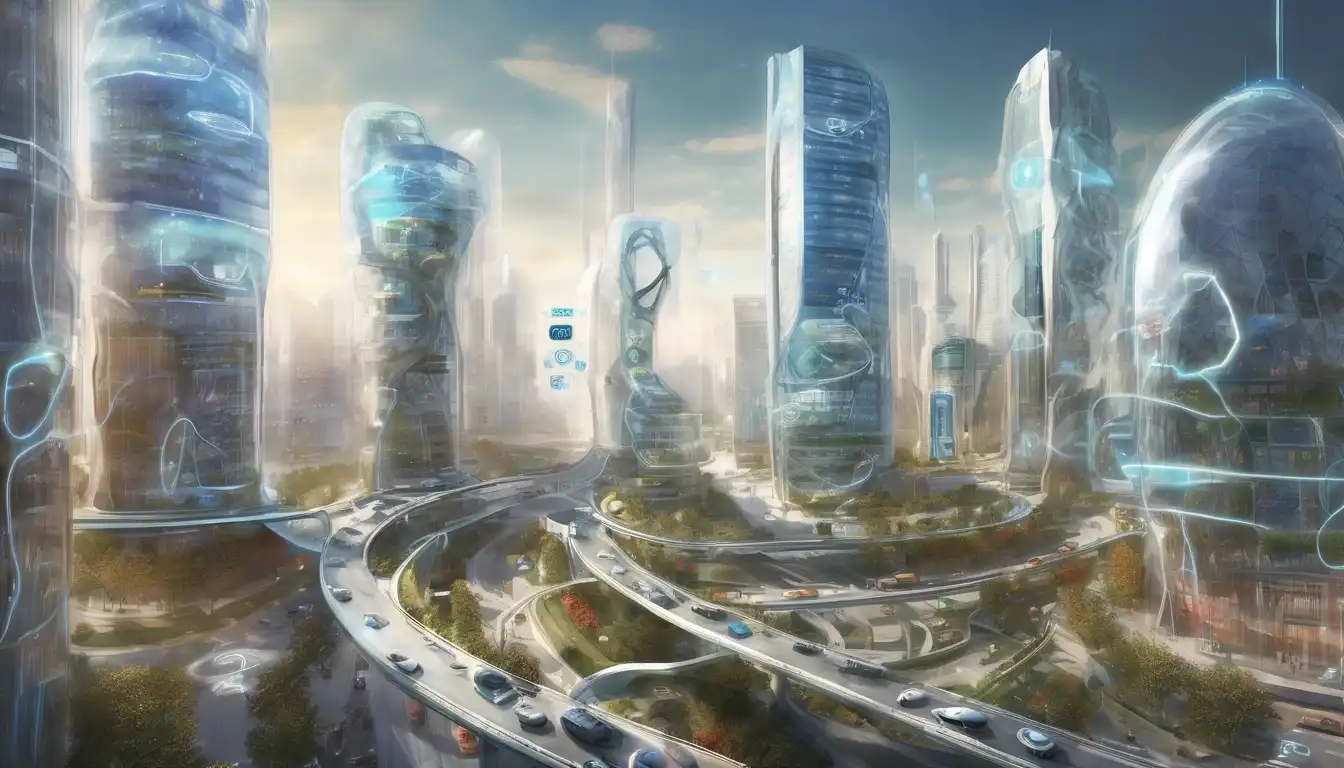The Next Generation of IoT in Urban Smart Cities
The Internet of Things (IoT) is revolutionizing the way we live, work, and interact with our environment. In the context of smart cities, IoT technology is paving the way for more efficient, sustainable, and livable urban spaces. This article delves into the future of IoT in smart cities, exploring its potential to transform urban living.
Understanding IoT in Smart Cities
At its core, IoT refers to the network of physical devices connected to the internet, collecting and sharing data. In smart cities, these devices range from traffic lights and water meters to public transport and waste management systems. The data collected enables city administrators to make informed decisions, improving services and reducing costs.
Key Benefits of IoT in Smart Cities
- Enhanced Efficiency: IoT devices automate and optimize city operations, from traffic management to energy use.
- Sustainability: By monitoring resource use, cities can reduce their environmental footprint.
- Improved Public Safety: IoT technologies like surveillance cameras and emergency response systems enhance security.
- Better Quality of Life: Smart lighting, waste management, and other IoT applications make urban living more comfortable.
Challenges and Solutions
Despite its benefits, the integration of IoT in smart cities faces challenges, including privacy concerns, cybersecurity risks, and the need for substantial investment. Addressing these issues requires robust data protection laws, advanced security technologies, and public-private partnerships.
The Future Outlook
The future of IoT in smart cities is bright, with advancements in AI and 5G technology expected to drive further innovation. These technologies will enable faster data processing and more reliable connections, making IoT applications even more effective.
For more insights into how technology is shaping urban environments, check out our articles on urban development and tech innovation.
Conclusion
The integration of IoT in smart cities represents a significant leap forward in urban development. By harnessing the power of connected devices, cities can become more efficient, sustainable, and livable. However, realizing this potential will require overcoming technical, financial, and regulatory challenges.
